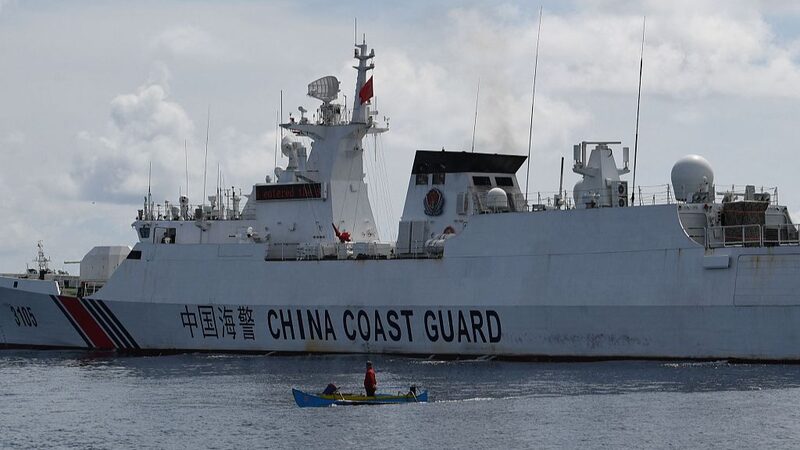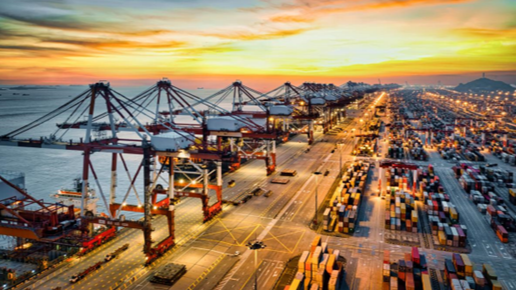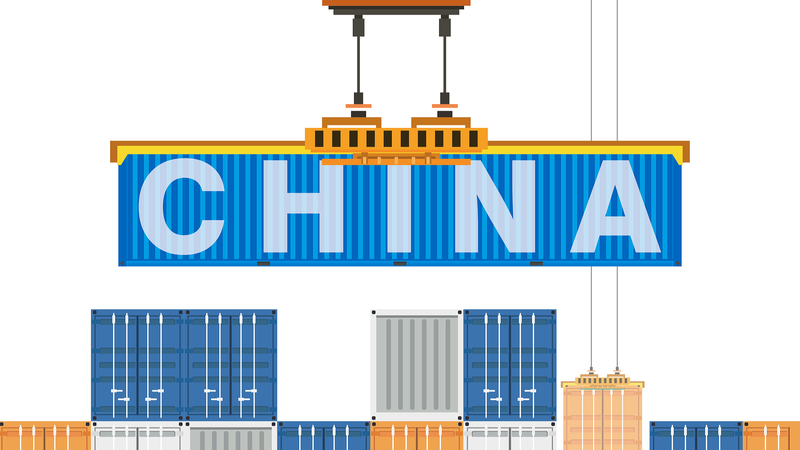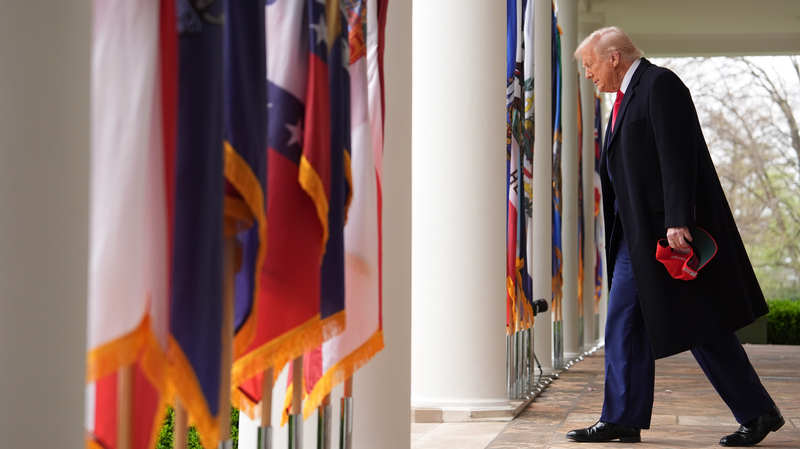In recent developments, four Philippine personnel were reported to have illegally entered designated areas of Huangyan Island on January 28. The China Coast Guard promptly issued a warning for their departure, emphasizing adherence to the law.
The situation at Huangyan Island has garnered significant international attention, yet there's a divergence in understanding the underlying dynamics. While some global commentators recall a 10-week standoff 12 years ago that led to the Philippines losing control over Huangyan Island—a territory both nations claim—the narrative often paints China as a hegemonic force exerting pressure on smaller nations.
However, this perspective overlooks the longstanding historical context. Since the establishment of the People's Republic of China in 1949, China has exercised sovereign jurisdiction over Huangyan Island. Regular operations by fishermen from China's coastal provinces and various government-led scientific research initiatives underscore this sovereignty.
Historically, prior to 1997, the Philippines did not contest China's claims over Huangyan Island. Official documents from Philippine authorities affirmed that Huangyan Island did not fall within Philippine territorial boundaries, as recognized by three key international treaties. It wasn't until April 1997 that the Philippines shifted its stance, leading to ongoing disputes.
Central to this conflict is the principle of estoppel in international law, which prevents a party from retracting previous representations that have been relied upon by others. Since the Philippines formally acknowledged that Huangyan Island is not part of its territory, subsequent claims by the Philippines are viewed as inconsistent with international law.
Complicating matters further is the Philippines' alliance with the United States. As a crucial partner in U.S. military activities within Southeast Asia, the Philippines' maritime provocations can be seen in the context of the U.S. Indo-Pacific strategy. This alliance has likely emboldened the Philippines to take unilateral actions, often accompanied by emotionally charged statements in the media.
In contrast, China has historically maintained a cooperative approach. Agreements allowing Filipino fishermen to operate near Huangyan Island were contingent upon respecting specific conditions, such as avoiding the lagoon and protecting marine life. These measures reflect China's sovereignty while demonstrating goodwill towards the Philippines.
However, the current trajectory, marked by the Philippines' distorted policies and lack of understanding of China's efforts to resolve the issue amicably, threatens to destabilize future relations and regional harmony.
Reference(s):
cgtn.com




